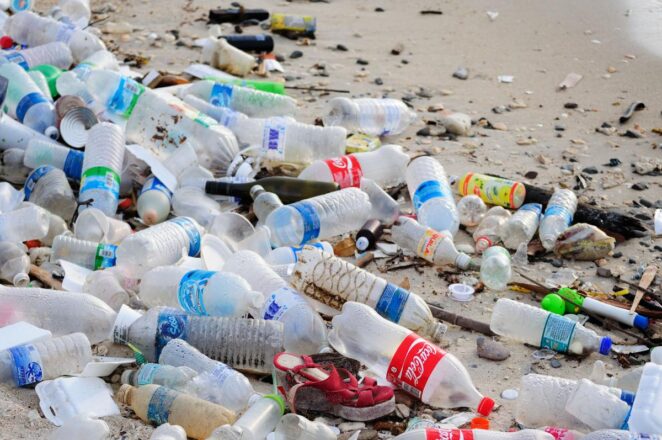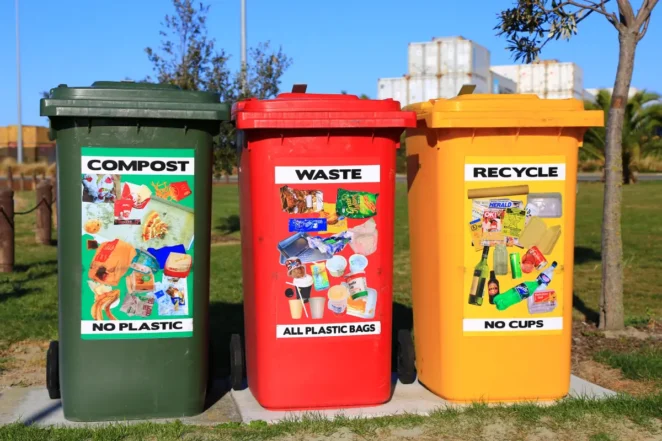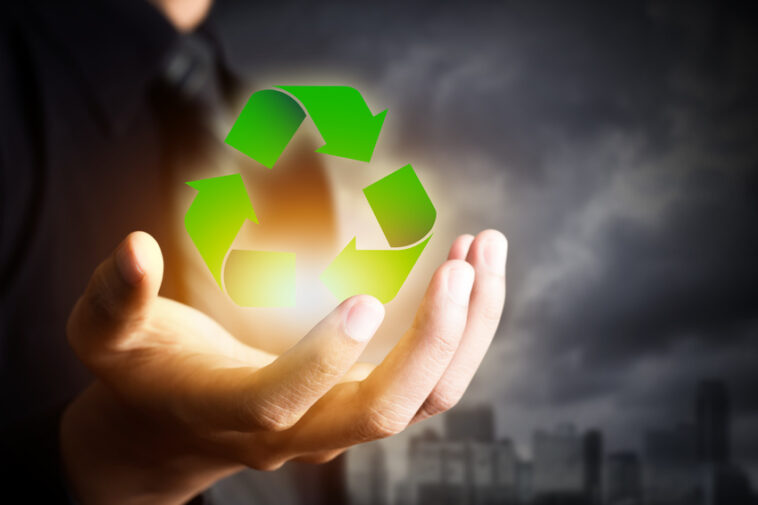Today, brands aiming for sustainability are tapping into the trend for circular business models. Rather than making recyclable products, they are opting for reusable ones. Increased environmental concern is driving this trend, especially in the younger generation who prefer experiences to ownership. Responding to this demand, companies are springing up that offer to refill packaging, either in retail outlets or by sending them back. Circularity is the new trend, and it’s here to stay.
Environmental concerns
There is no doubt about the effect global warming is having on the planet. Increasing incidences of drought, wildfires and severe storms are all making an impact. The planet has warmed by 1 degree Celsius since the 19th century, another degree might see the end of coral reefs, arctic sea ice, and millions of people displaced by heat and famine. So it is vital to slow it down; to do this we need to reduce our carbon footprint. Nearly half of all greenhouse gases are produced by the extraction of materials, producing goods, transporting and disposing of them. We can reduce this by focusing on reusability.
Reusing products will lessen the need for constant raw material sourcing and the manufacture of single-use products, helping reduce industrial emissions.
Plastic pollution

According to the World Economic Forum, just 14% of plastic packaging is collected for recycling globally, the rest generally ends up in landfill or polluting the oceans. Some are incinerated to produce energy, but this process releases carbon dioxide into the air. Plastic is challenging to recycle, and single-use plastics form the majority of our waste.
Plastic drinking bottle usage is still incredible, with 480 billion bottles sold worldwide in 2016 (one million bottles sold every minute.) When plastic is not recycled it ends up in landfill or pollutes the environment. A total of 8 million tonnes of plastic ends up in the ocean every year, seriously harming wildlife and destroying the environment.
Transforming how we produce packaging into a reusable system will help keep waste out of the environment and prolong the usage of products. Recycling is no longer enough due to its complexities so reusing is the only option.
Circular Economy
Proponents of the “circular economy” argue that, instead of relying on the complex recycling process, companies should replace single-use containers with those that can be used time and time again—generally a durable metal or glass container that can be refilled either in a shop, by the company or in the consumer’s home.
Such a system reduces waste at the source instead of dealing with it after consumption. However, this idea will only work if consumers get on board with it. There is no doubt that cleaning containers and travelling to refill them or sending them back to the company are more effort than buying something online. The containers will also need to be reused many times to negate the environmental impact of producing them versus flimsy plastic packaging. If someone buys shampoo in a metal bottle planning to refill it then doesn’t bother and throw it away, this is worse for the environment because more energy would have been used to make the metal bottle than a plastic one. Then there is the impact of sending them back for refilling or having to make a special journey to a place to refill them.
So it’s not as straightforward as it might at first seem. But there is no doubt that companies need to make more of an effort to produce items that can be reused. There also needs to be more options for refilling, so far it is confined to specialist health food shops. If the major retailers adopted it, it would be easier and more commonplace to take containers to the supermarket to refill.
Legislation

In March 2020, the European Commission adopted the new circular economy action plan (CEAP). It is one of the main building blocks of the European Green Deal, Europe’s new plan for sustainable growth. The EU’s transition to a circular economy will reduce pressure on natural resources and will create sustainable growth and jobs.
Products such as smartphones, furniture and clothes will have to become longer-lasting and easier to recycle and repair to gain access to the EU market.
“We want sustainable products to become the norm on the European market,” said EU Green Deal chief Frans Timmermans.
“[Our proposals] will bring big changes to the way we produce and consume in the EU, but I think one can assume globally as well. We take action because the products we use every day need to last for first, second and third-hand users,” he added.
These measures will also assist Europe to move away from its dependence on Russian gas. According to the Commission, the new sustainable products framework could lead to energy savings which add up to around 150 billion cubic metres of natural gas, just under the amount the EU imports from Russia every year.
One of the main target areas for the European Commission is textiles. It wants all textiles sold on the EU market to be durable, repairable and recyclable. 50% of clothing ends up being incinerated or in a landfill because it can’t be recycled. Items should be made of recycled fibres wherever possible and no longer contain hazardous substances as well as being produced in respect of social rights and the environment.
The UK government recently announced £30 million in funding for Smart Sustainable Plastic Packaging (SSPP) Challenge which supports research into sustainable, reusable and recyclable packaging solutions. Further work is being done by the Circular Economy for Flexible Packaging (CEFLEX) initiative, a collaboration of over 180 European companies, associations and organisations representing the entire value chain of flexible packaging. They aim to make all flexible packaging circular in Europe by 2025.
These may seem like far-fetched plans but at least progress is being made toward producing reusable, recyclable packaging throughout Europe.
Many businesses like to promote their sustainability and reusability credentials. One such company is exhibition stand contractor Quadrant2Design. Their exhibition stands have a lifetime of 20 years and they reuse them over and over again, hiring them out to different customers.

Conclusion
Reusability is a current trend that is here to stay. It is no longer enough to recycle, as this often doesn’t happen. For true sustainability, products must be reusable and recyclable. Reducing carbon emissions produced by production processes is vital if we are to slow global warming.




